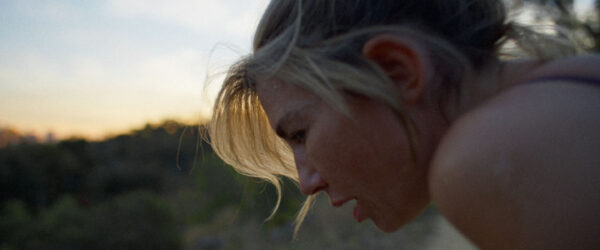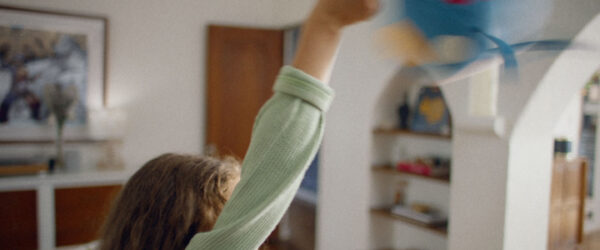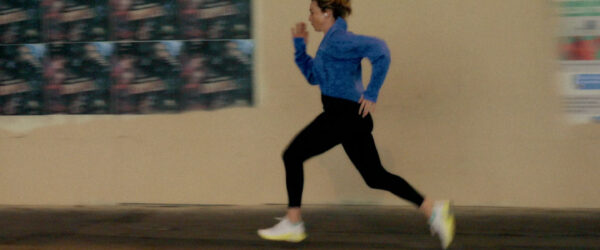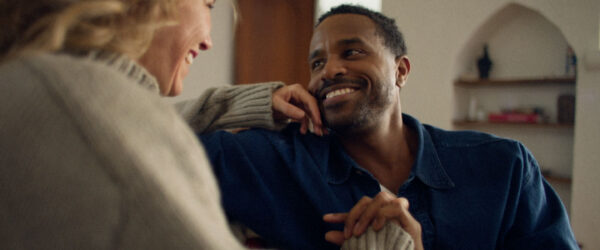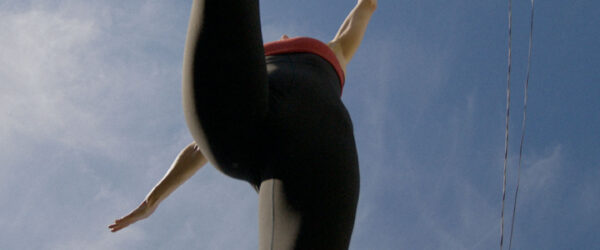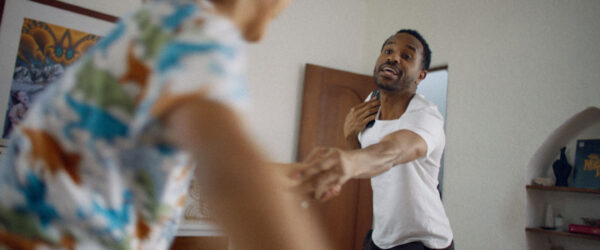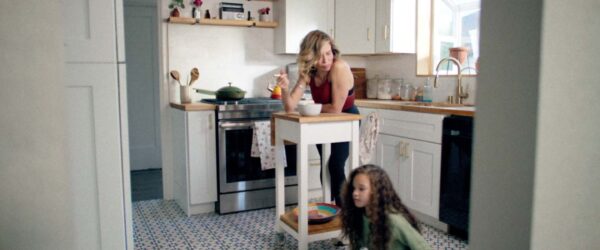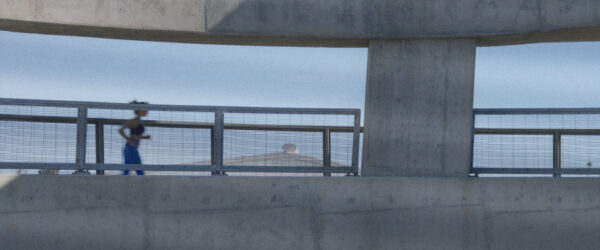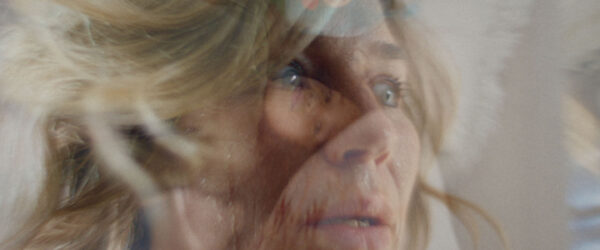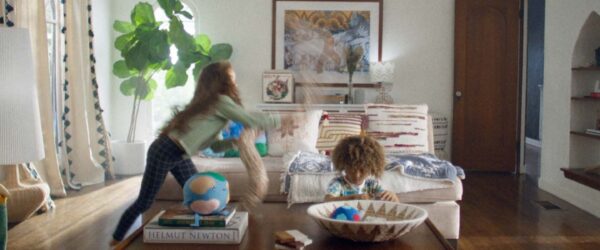Behind the Scenes
CHASING A HIGH: The Story Behind ‘DRUG OF CHOICE’
Occasionally, we all need an escape from the everyday, but sometimes even our healthiest options can have unexpected consequences. In creative short DRUG OF CHOICE, one woman’s most reliable outlet spirals into an awkward situation but leaves her craving more, nonetheless. Director Claire Edmondson’s clever use of wordplay, subtle but effective comedic timing, and tongue-in-cheek blend of commercial sports ad, music video, and family drama come together seamlessly to create a beautiful, humorous nod to the passions that keep us sane – ish.
We connected with Claire to hear about both the inspiration for the project and her unique approach to its design and execution:
”"...the whole vibe walks the line between being rooted in reality and a heightened experience"
Claire Edmondson
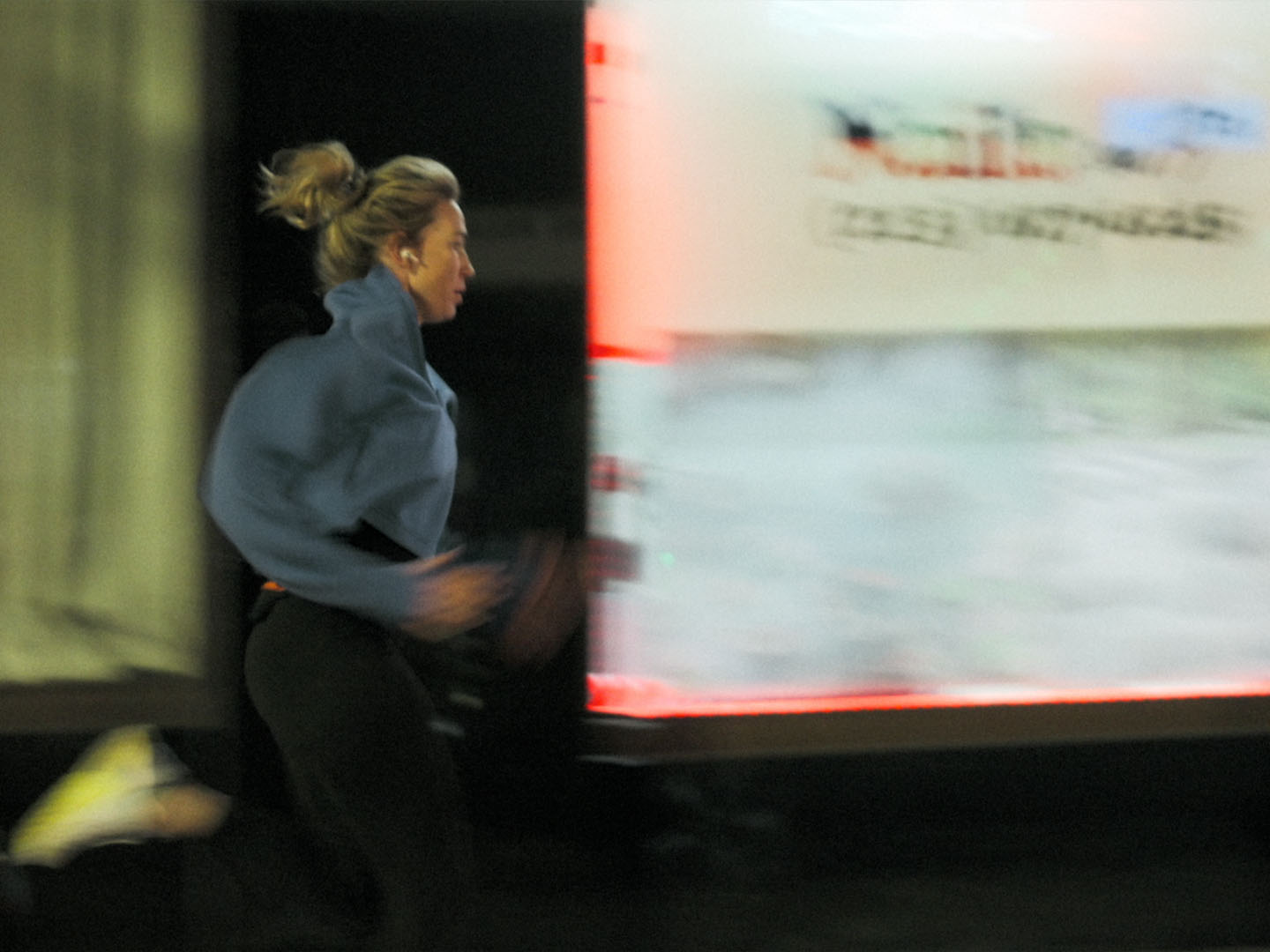
Filmsupply: What inspired you to create “DRUG OF CHOICE”?
The idea just came to me one day and I thought it was funny. For short commercial-type content, I gravitate to ideas that cleverly walk the line between drama and comedy and offer a POV with a certain energy and personality, and this ticked those boxes for me.
I also wanted to collaborate with an actor and showcase a nuanced performance that tonally captures the messiness of life and connects with the viewer through funny moments of truth. This allowed us to explore interesting angles: What is the character feeling? What is her POV driven by her performance?
This spot starts as a self-serious running spot (but even the running VO is a slightly satirical nod to sports commercials). Then it escalates into a tonal shift where our Hero’s runner’s high crashes into the reality of her life. I thought it was funny to push the runner’s high to a heightened place where it’s like, maybe she just got home from a night of partying, or she overdid the micro-dose. But it’s not that. She was literally just running. That arc and tonal shift was something I was excited to play with.
Are there any other Directors or films you studied as you prepared for this project?
Interestingly, I looked at music videos to get clarity on what I did not want to do — often, in drug-themed music videos, it’s mostly the Hero staring at cool-looking lights, watching the environment warp and change. And that works beautifully for visually-driven music videos. But I wanted to get to the interiority of how our Hero feels when her high crashes with her kids and real life. So the whole vibe walks the line between being rooted in reality and a heightened experience.
There is a shot from the Wong Kar Wai film, Fallen Angels, that stuck with me throughout the process. It’s one of the main characters eating ramen in a saturated light, camera at a canted angle. I brought that angle into play when shooting our Hero in her home, it helped convey her head space while allowing us to capture her performance. I also used that shot as a point of reference but swapped the ramen for cereal. I thought there was something funny about our Hero shoveling cereal into her mouth while trying to keep it together.
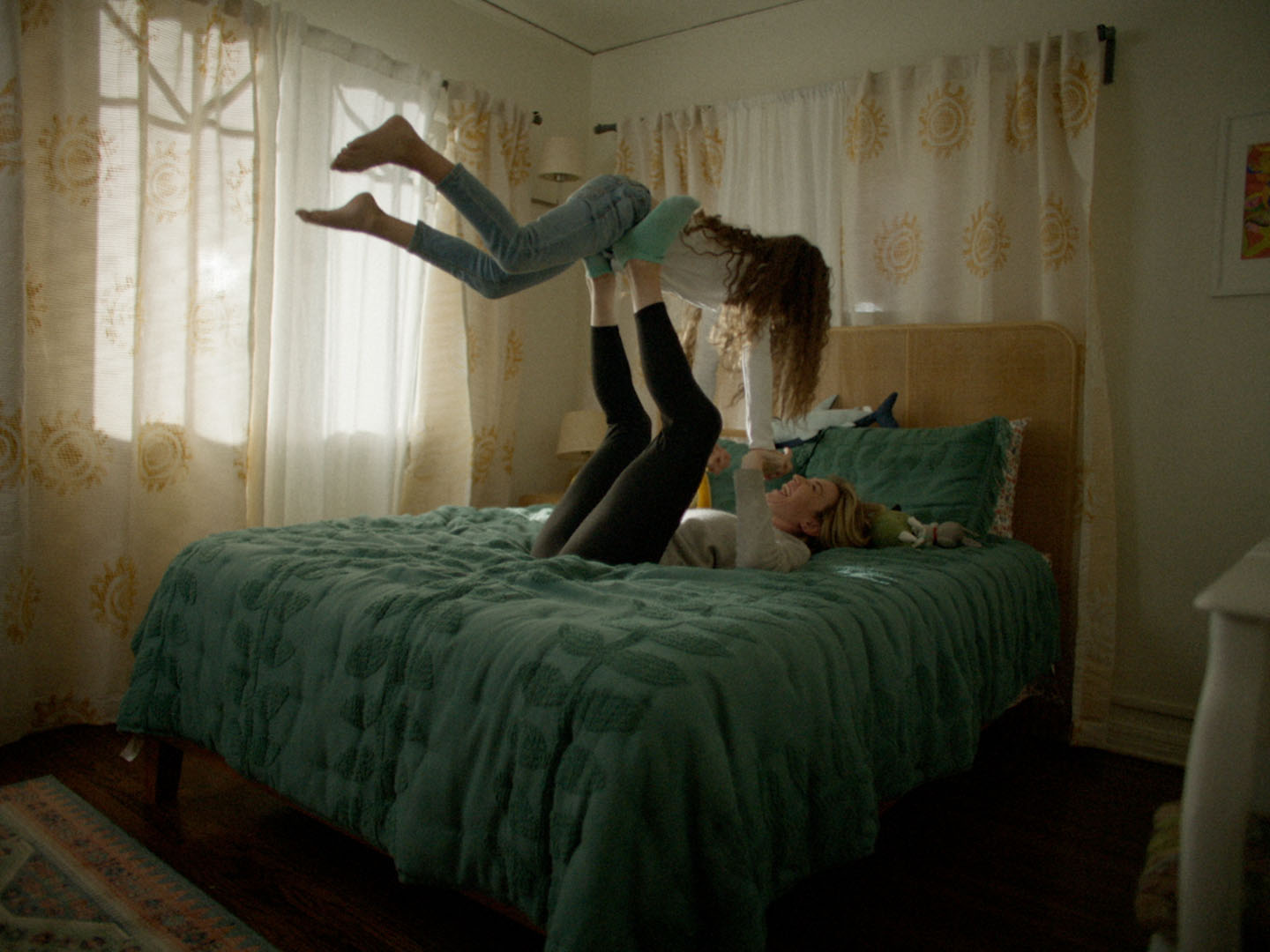
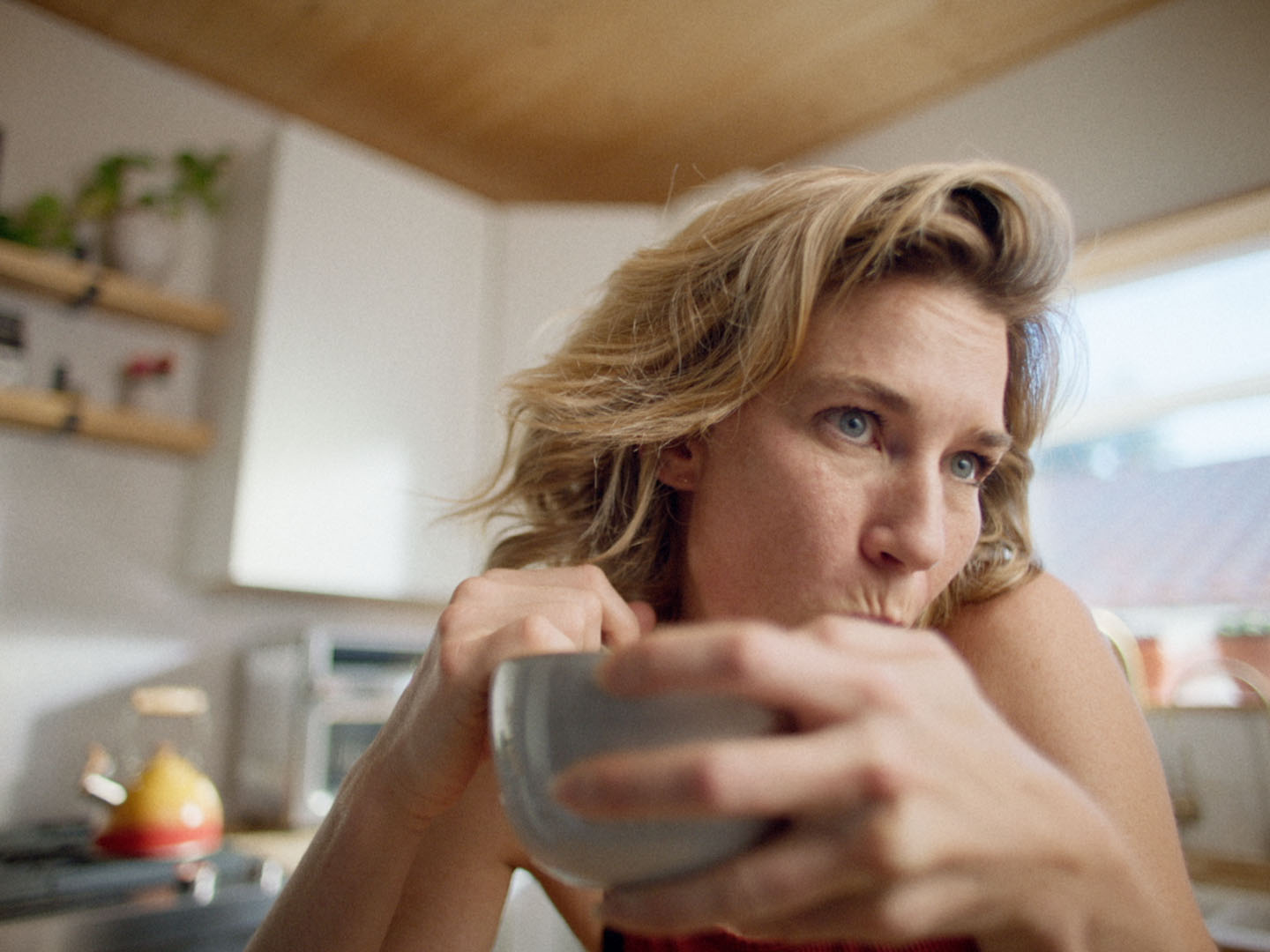
What is something practical that you learned from this project?
Kids are always a wild card, so adapting their strengths became an exercise in spontaneity. I knew this going in but I learned more about working with them on this project.
Did you face any creative challenges during the development of the film? If so, how did you overcome them?
Casting our hero took longer than I expected as we had a long checklist we were hoping to fill. We needed someone who could truly act. Who could capture the nuances authentically, reign in the comedic aspects and not go too broad. We also needed someone who wasn’t afraid to get silly and had to be athletic enough to handle a whole day of running.
We kept casting our net wider and didn’t settle. I knew the success of the spot rested on performance, so we did not sacrifice until we found the right person. We found our lead, Frances Brennand Roper, via one of our Instagram posts.
Did you employ any unique shooting or lighting techniques to help support your vision for the final film?
We designed our camerawork to keep our Hero’s performance front and center and didn’t want to rely on effects to tell the story. When the tonal shift kicks in and we enter her home, we are always seeing her through a slightly canted angle to enhance her interiority without using it as a crutch to tell the story. We also shot some moments at 8fps with a 360 shutter to play with in the edit, which worked well when shooting the kids and amping up their energy. And we used a coloured strobe light while she was eating cereal to reflect her headspace.
Were there any moments during shooting that stand out in your memory?
When we wrapped, the young girl actress started crying because she was having so much fun and didn’t want to leave and miss out on all the other stuff we were shooting. That meant a lot to me, as I always strive to have a relaxed, fun, supportive atmosphere on set, and kids are truth-tellers.
Did you encounter any surprises in the editing process that required a creative solution?
Our end shot. The shot we planned to use was our Hero sitting in a car with sunglasses on, shaking an iced coffee and slurping it like she was ready to go on with her day. However, it didn’t feel right in the edit. We played with different moments of her stretching, etc, then realized—we needed to end on a long take of her running—running is her drug, she needed another hit!
So we went back through the footage and found the shot we now end on. That shot was not planned—we filmed it on a whim—it was the trail leading to another location. I love extra wide shots like this and rarely get to shoot/use them. Fortunately, it worked well to end on, especially when I brought in the heartbeat sound design from earlier in the film. I appreciate how she lines up between the text too.
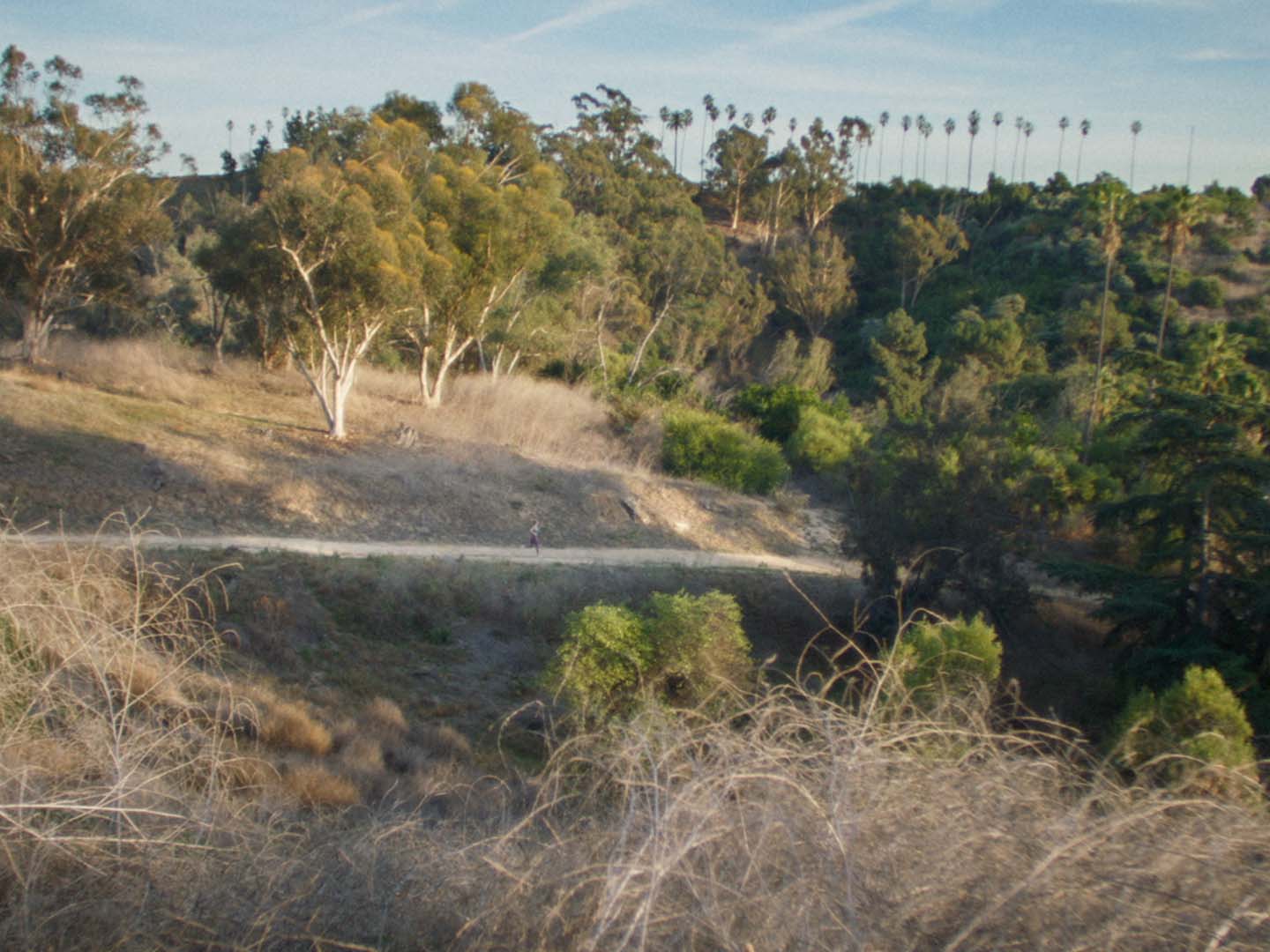
How did you approach the sound design and scoring process?
The VO had a particular cadence and escalation so we let that be our guide. The sound design starts subtle and intensifies as our Hero’s emotional state elevates, just before her runner’s high kicks in.
The first half of the film is all running so in theory, you could add breath and footsteps to almost every shot, but it didn’t flow with breath in every shot. So it became an exercise in trial and error finding the right balance of breath and footsteps to carry her through the film along with an escalating heartbeat and environmental sounds.
We added minimal moments of sound design in the house, and let the visuals be carried by the beat of Iskwē’s song, I Get High, which was perfect for the tonal shift.
What do you hope to accomplish with this film?
I made this film partly to refresh my commercial directing reel and partly to get back to filmmaking basics and have some fun, like in my early days, being spontaneous and trying things out.
My hope is agencies / the audience are amused and have a little laugh. And that the film showcases the type of energy, performances and understanding of tone that I can bring to a project.

